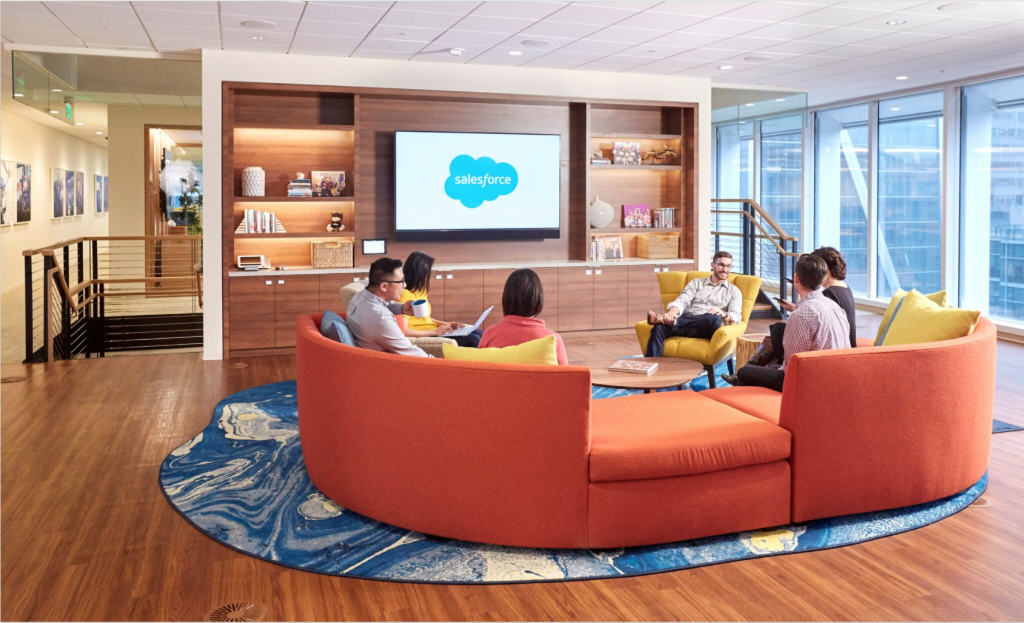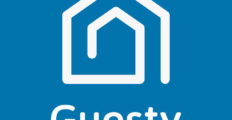
Credit: Salesforce
Time-old platforms fulfill countless business purposes for years until they reach a plateau, upon which newer innovative solutions take precedence. This finally held true in the enterprise software realm as cloud-native Salesforce dislodged legacy provider SAP as the world’s biggest producer of enterprise applications. In the second-quarter financial results of both companies, Salesforce stood tall with a commanding $7.72 billion in revenue, topping SAP’s $7.52 billion.
Salesforce continues its historic run of 73 consecutive quarters with increased revenue; the latest one posted 26% year-over-year revenue growth. In addition, the company scored big in the service subscription space, raking in $1.82 billion for the quarter. Its acquisitions, including Slack, delivered an additional $1.48 billion in revenue, which represents a staggering 53% increase, year-over-year.
Interestingly, SAP’s performance is more telling in regard to SaaS outdoing legacy systems. Once known for its on-premise platforms, the company successfully pivoted to cloud solutions and earned hefty revenues in the process. For the second quarter of 2022, SAP obtained $6.478 billion in cloud and software revenue. It also generated cloud revenue of $3.065 billion, representing a growth of 34%. This makes the company one of the fastest-growing cloud providers, surpassed only by Google Cloud. Moreover, cloud solutions have become SAP’s largest revenue stream.
All things considered, SAP did not underperform in all key areas. Salesforce is just particularly dominant in the cloud solutions market. Recent CRM software statistics show that the new enterprise apps leader has a market share of 23.8% in the CRM space and is one of the world’s biggest SaaS companies.
The lingering question now is why Salesforce took this long to wrest the crown from SAP when SaaS, PaaS, and IaaS have been around for a while now.
Barriers to Enterprise Entry
A lot of legacy systems remain unupgraded for a host of reasons, especially among firms that prefer ‘old reliables’ to efficient tech solutions. There’s the bureaucracy found in many enterprises that delays sales cycles and fosters hesitancy in distributing funds. This is often coupled with the lack of executive buy-ins, possibly stemming from unfamiliarity with software solutions and the refusal to rock the boat of operations. What’s more, an enterprise may not have the resources and know-how to scale digitally.
Fortunately, the adoption of SaaS has been steadily growing over the years. A 2021 report by MarketsandMarkets shows the SaaS market increases in value by 18% each year. In fact, around 80% of businesses leverage at least one SaaS solution, and this figure could go even higher this year as solutions diversify. At the end of the day, SaaS platforms afford a boatload of significant advantages to users at cheaper costs than legacy systems, which is why most businesses prefer these.
In the case of Salesforce, the company has gone from providing CRM tools to offering a wide array of solutions that include those for sales, marketing, commerce, and business communication. Its Enterprise plan costs $150, much cheaper than the IT charges that come with on-premise solutions. SAP is in the same boat. It offers a vast array of solutions that cover areas like enterprise resource management, financial management, and supply chain management. Like Salesforce, the pricing is more affordable than that of on-premise platforms.
Salesforce beating SAP and SAP pivoting to cloud solutions were foregone conclusions finally fulfilled. This implies that, for most enterprises, migrating to the cloud is not just a luxury; it’s a necessity in today’s landscape.






















Leave a comment!